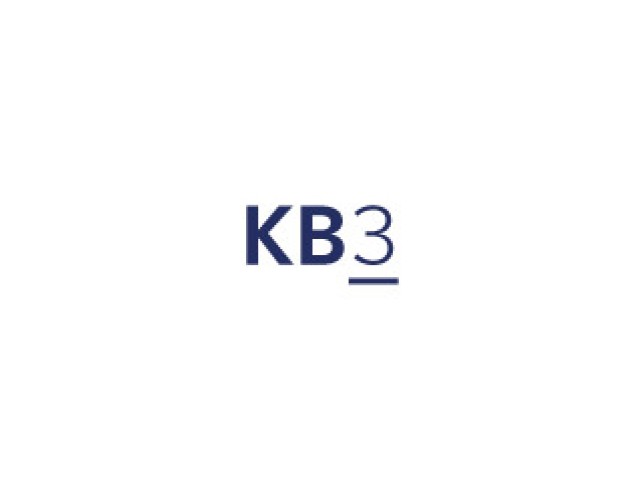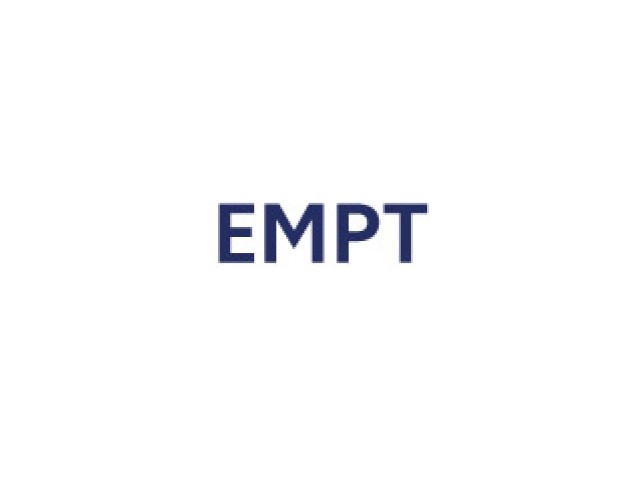In order to anticipate future challenges and impulse business growth, EDF’s R&D division is equipped with one of the most powerful supercomputer system among industrial research centres worldwide.
EDF’s supercomputers open up brand new simulation opportunities for researchers: the ability to predict extremely complex phenomena that affect the lifespan of nuclear plants, the simulation of thousands of scenarios for optimising generation and managing risk on energy markets, etc.
Find the codes and software developed by EDF R&D researchers, made available to you.
Simulation environments
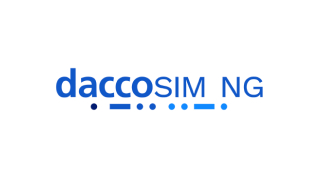
Daccosim NG
DACCOSIM NG est une plateforme pratique de co-simulation à l'échelle système pour des systèmes complexes (type systèmes énergétiques), basée sur le standard FMI-CS 2.0, avec génération de code en Java.

OpenTURNS
Global uncertainty processing methodology vector modelling software

SALOME
Platform dedicated to modelling industrial structures (CAO) and multi-physic calculations

Sim-Diasca
Discrete-time simulation engine aiming for maximum concurrency, relying on a mode of operation that is both parallel and distributed
Field Physics Codes

code_aster
Numerical simulation software for structural calculation
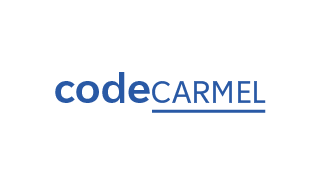
Code_Carmel
Finite analysis electromagnetic field modelling software

Code_Saturne
Modelling code of incompressible or expendable flow
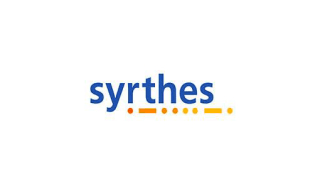
Syrthes
General thermal software dedicated to transient thermal simulations in complex solid geometries
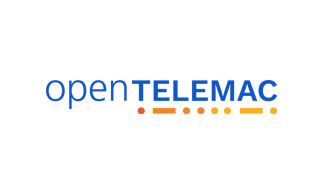
openTELEMAC
The TELEMAC system is a suite of scientific computation solvers, 1D, 2D and 3D, dedicated to everything to do with free surface environmental hydraulics.
System-wide modeling codes
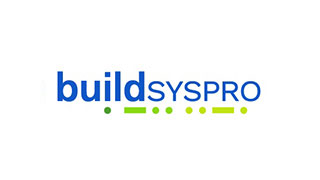
BuildSysPro
BuildSysPro is a toolbox for modeling the energy performance of buildings and districts.
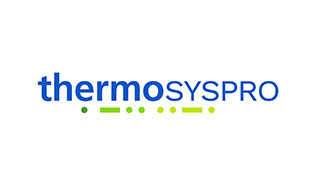
ThermoSysPro
ThermoSysPro is an open-source component library that engineers can use to build the digital twin of their installation from an energy perspective. The goal? Thermal-hydraulic modeling of energy production and conversion plants (electricity, heat, hydrogen, etc.).


